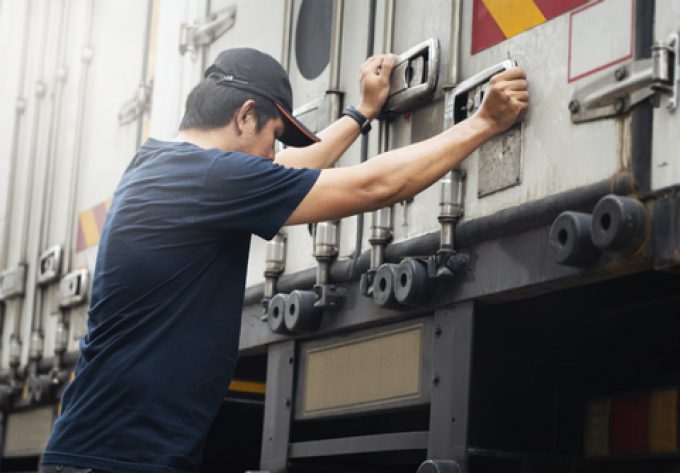Transnet set to unveil 'roadmap' to end shipping delays now at crisis point
Yesterday, South African minister Kumbudzo Ntshavheni addressed a roadmap to end the logistics crisis in ...

Despite falling demand, transit times from Asia have failed to improve, signifying a “broken” supply chain and “burned-out” logistics workers.
According to Taiwanese forwarder Team Global Logistics (TGL), reduced consumer spending is “dragging down” ocean and air freight demand, leading customers to assume transit times would ...
MSC switches two more Asia-Europe port calls from congested Antwerp
Canada and Mexico get cosy with trade plan to bypass US
Front-loading frenzy has made traditional H2 peak season 'unlikely'
Tradelanes: Export boom in Indian sub-continent triggers rise in airfreight rates
Carriers introduce surcharges as congestion builds at African ports
Mexican airport modernisation plan unlikely to boost cargo facilities
Tradelanes: Overcapacity on Asia-S America impacting alliances and rates
Ports and supply chain operators weigh in on funding for CPB

Comment on this article